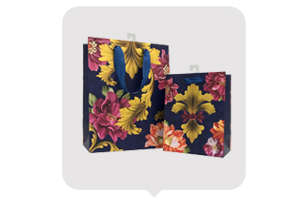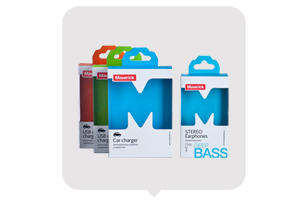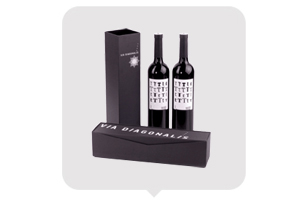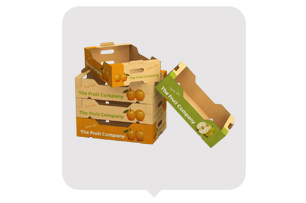In the world of agriculture, packaging plays a crucial role in preserving the quality and freshness of produce, ensuring
efficient transportation, and communicating brand identity to consumers. As the demand for sustainable and visually
appealing packaging increases, designers are exploring innovative materials and embracing new design trends to create
packaging solutions that are both functional and environmentally friendly. This article will discuss the application of materials
and emerging design trends in agricultural product packaging, highlighting their benefits and potential impact on the industry.
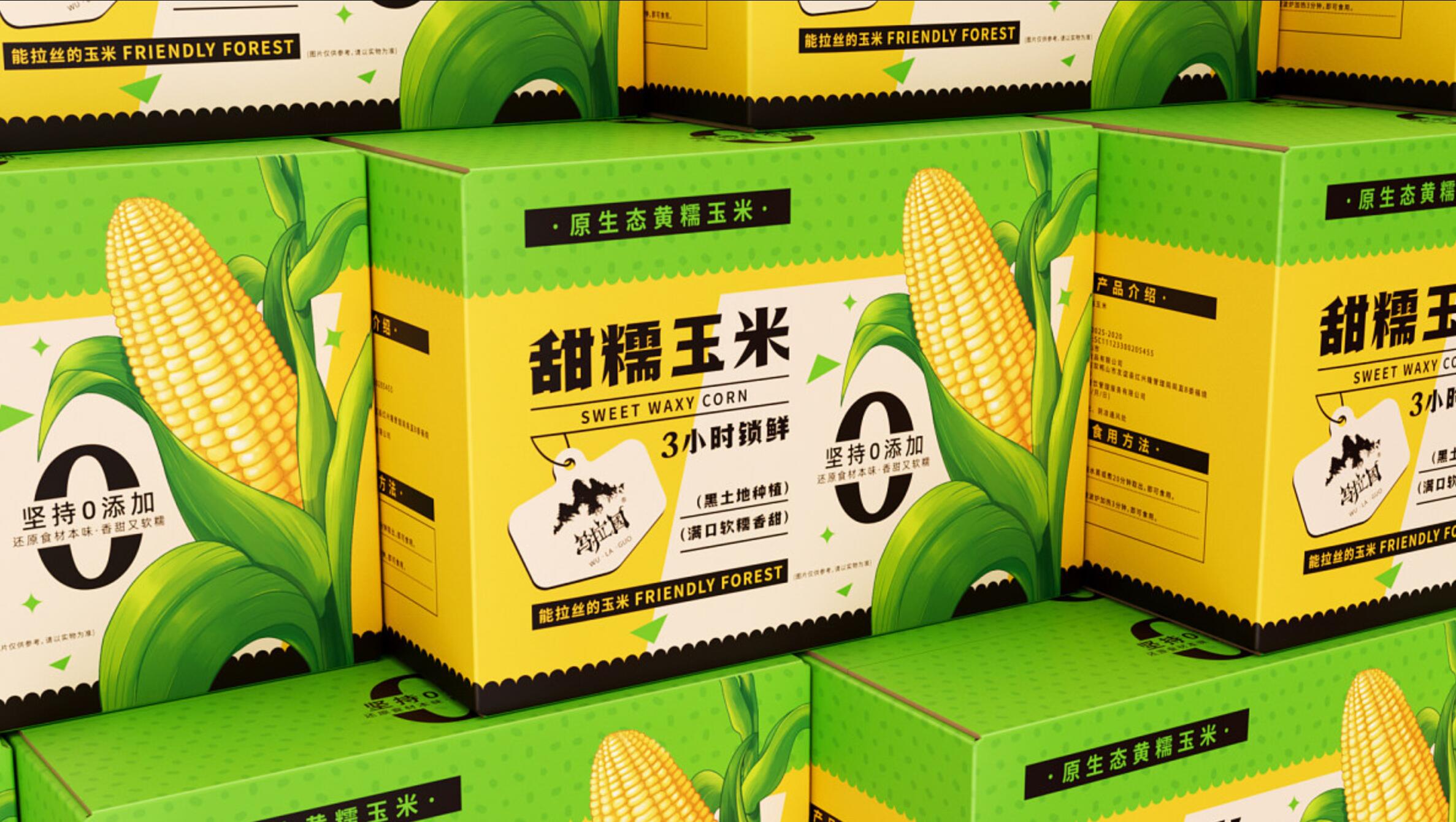
1. Sustainable Packaging Materials:
With rising environmental concerns, there is a growing shift towards sustainable packaging materials in the agricultural industry.
These materials aim to minimize waste, reduce carbon footprint, and offer recyclability or biodegradability. Some of the commonly
used sustainable packaging materials include:
a) Bioplastics: Derived from renewable sources such as corn starch or sugarcane, bioplastics offer a viable alternative to traditional
petroleum-based plastics. They have the advantage of being biodegradable or compostable, reducing the environmental impact.
b) Paper and cardboard: Being widely available and easily recyclable, paper and cardboard are popular choices for agricultural
product packaging. They provide excellent printability, ensuring the brand message is effectively communicated to consumers.
c) Plant-based films: Made from materials like cellulose or algae, plant-based films offer a sustainable option for packaging fresh
produce. They provide good barrier properties, preventing spoilage and extending shelf life.
2. Minimalistic and Functional Design:
In recent years, minimalistic packaging design has gained popularity in the agricultural industry. This design approach promotes
simplicity, using clean lines, minimal graphics, and straightforward typography. Minimalistic packaging not only reflects a modern
aesthetic but also reduces material usage, waste, and production costs. It focuses on providing crucial product information and
improving user experience.
Furthermore, functional design plays a key role in agricultural product packaging. Packaging that is easy to handle and resealable
ensures consumer convenience and prolongs product freshness. Additionally, packaging innovations like individual portions, modified
atmosphere packaging, or active packaging technologies help extend shelf life and maintain product quality.
3. Personalization and Brand Storytelling:
To connect with consumers on a deeper level, packaging design is now emphasizing personalization and brand storytelling. By
incorporating unique illustrations, hand-drawn typography, or interactive elements, packaging can evoke an emotional response and
create a memorable brand experience. This trend allows agricultural brands to stand out on the shelf and establish a stronger
connection with their target audience.
Conclusion:
As the agricultural industry continues to evolve, sustainable packaging materials and thoughtful design trends are gaining importance.
The use of bioplastics, paper, and plant-based films reflects a commitment to reducing environmental impact. Meanwhile, minimalistic
and functional design approaches enhance user experience and reduce waste. Finally, personalized packaging and brand storytelling
create a lasting impression on consumers. By embracing these materials and design trends, agricultural product packaging can become
more eco-friendly, visually appealing, and emotionally engaging.
In conclusion, the future of agricultural product packaging lies in the integration of sustainable materials, functional design, and personalized
experiences. As consumers become more conscious of their choices, packaging plays a significant role in influencing their purchase decisions.
It is crucial for designers and brands to adapt to these evolving trends and continue innovating in this dynamic industry. By prioritizing
sustainability, functionality, and brand identity, agricultural product packaging can effectively meet consumer expectations and contribute to
a more environmentally conscious future.


